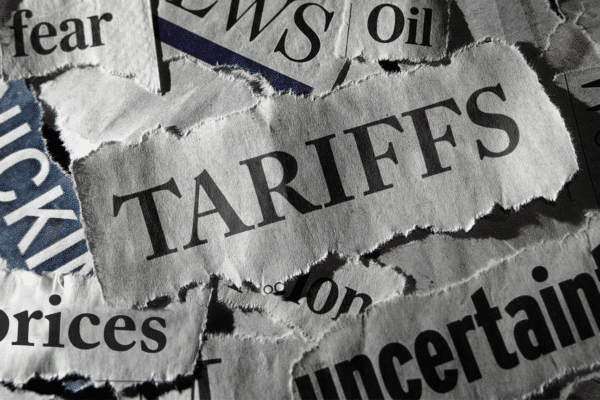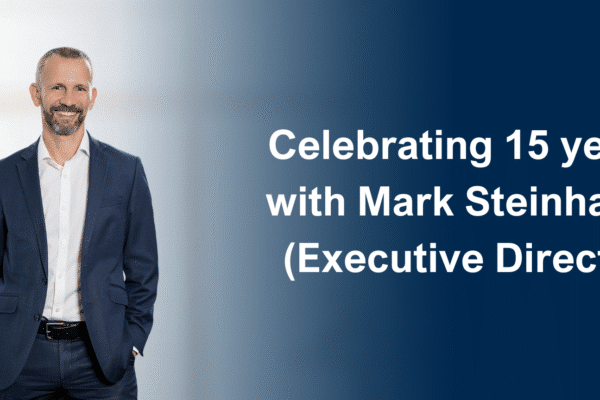
Traps in post-merger integration
20.6.2019So, you have found a growth partner, survived the due diligence process, closed the transaction and held the celebration dinner. Congratulations!! You are now at day 1 of the rest of your business’ future. All the promises made are now long in the rear-view mirror and the day to day running of the merged business becomes the new reality. How do you make sure that all the value both parties saw in the merger are realised?
Once a transaction is completed the number of people involved grows exponentially. The curtain is peeled back. The Profit & Loss owner and their operations team begin to interact with the acquired business. As hard as everyone involved in the transaction works through the process, the first few days, weeks and months are critical to embedding the merger and capitalising on the best of both organisations. You start to hear questions like; What is going to happen to my job? Who do I report to? What do we tell our customers? Whose system do we use? What is going to happen with the brand? Who gets credit for the sale? Where does the profit margin go?
While deal teams always feel like they have a plan, the business outcomes 12 months post transaction often don’t meet the initial expectations of either party. Research suggests that approximately 79% of organisations believe they achieve transaction success (good pricing). However, only 65% believe they achieve strategic success (the right deal), 49% financial success (cost synergies/revenue synergies/capital synergies), and just 35% believe they achieve operational success (integration) (1). Furthermore, when questioning executives on the key factor of success in M&A, the top answer was a well-executed integration plan (2).
So why is this? While every case is unique, some of the more common traps include:
- The absence of a very clear vision of the future state;
- Over-simplification of the complexity of the integration process;
- Lack of tactical detail the leadership team, sales and operations teams need to resolve their day to day conflicts efficiently and effectively;
- The absence of a step by step plan for how to get there;
- Failure to resource said plan;
- Or most commonly, a combination of all the above.
Best practice starts with a clear vision for the combined entity, including a clear understanding of the values and behaviours the combined organisation must exhibit to succeed. This needs to be followed up with a clear and detailed plan for integration which has been developed by the functional and operational leaders of the business. The plan needs to be robust enough to survive the various tests the integration will throw at it.
Operational goals are often the most difficult to achieve because they require a sustained commitment to integration delivery. However, if done right, these can provide the greatest benefit due to their recurring nature and are often the key driver of sustained value creation from M&A activity.
InterFinancial’s growth advisory team is well versed in helping clients develop and execute effective post-merger integration plans. Drawing on our broad M&A experience and regular interaction with investors, our goal is to not just close deals, but to help you make sure the transaction is successful over the longer term.
(1) Calipha, R, Tarba, S., and Brock, D. Mergers and Acquisitions: A review of phases, motives, and success factors. Advances in Mergers and Acquisitions, Volume 9, 1-24. 2010
(2) KPMG. US executives on M&A 2016
Authors: Michael Kakanis & Brad Shaw










